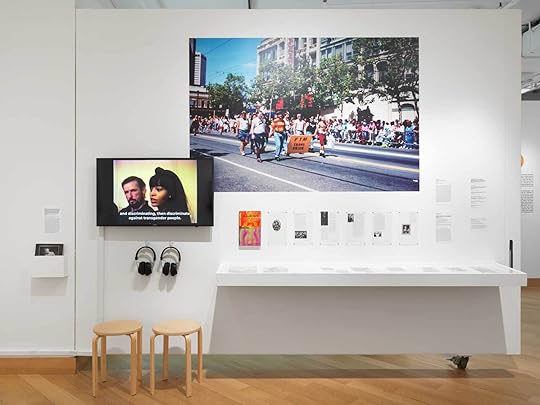
The Morgan Museum’s Kafka Exhibition Explores the Surreal and Bureaucratic Themes of His Work

Franz Kafka at the Morgan Library: Unearthing the Labyrinth of a Literary Enigma
In a rare and extensive exhibition, the Morgan Library & Museum in New York has partnered with Oxford University’s Bodleian Library to present Franz Kafka — a revelatory multimedia exploration of the legendary author’s life and work. Unlike many exhibitions anchored strictly in biography or academic analysis, this show invites the viewer into Kafka’s world with an uneven blend of personal ephemera, manuscripts, and minimalist interpretation. The paradox? Nothing feels more Kafkaesque than being present in a space that promises answers, yet never quite delivers them in full.
An Intellectual Archeology
Franz Kafka (1883–1924) remains one of the most scrutinized literary figures in modern history. From his haunting novella The Metamorphosis to unfinished works like The Castle and The Trial, Kafka’s stories persist as studies in alienation, absurdity, and the conflict between the individual and institutional power. The Morgan’s exhibition doesn’t try to resolve these themes — rather, it mirrors them aurally and spatially.
Photographs, first drafts, letters, and diaries merge into a timeline that spans from his childhood in Prague to his death from tuberculosis just weeks before his 41st birthday. These artifacts, on loan from the Bodleian Library, serve as tangible clues to the inner world of an author famous for fictionalizing the unknowable. Among them, letters to family, postcards with dry humor, and health journals paint a man who was both self-aware and immersed in perpetual existential scrutiny.
Kafka’s World: Bureaucratic and Bestial
One of the truly innovative aspects of this exhibition is its thematic curation. Rather than displaying Kafka the “Great Writer,” visitors walk through interwoven themes such as family, illness, animals, and borders — all central motifs in his writing.
His most famous line — “Like a dog,” cried by Josef K. in The Trial — echoes in one interpretive thread of the show. It’s part of a broader meditation on Kafka’s concept of “becoming-other,” discussed by French philosophers Gilles Deleuze and Félix Guattari in their 1975 work Kafka: Toward a Minor Literature. These thinkers saw Kafka as an author who didn’t metaphorize but mutated — letting his protagonists slip into animality, bureaucracy, or oblivion in a way that blurred categories rather than delineating them.
In “A Hunger Artist” and “In the Penal Colony,” Kafka narrates life’s brutal and bureaucratic textures with anatomical attention. “The Metamorphosis” is perhaps his most iconic exploration of identity loss, where protagonist Gregor Samsa awakens transformed into a massive insect — a mutation never explained but always deeply felt. A first edition page of Die Verwandlung on display anchors this theme with its immediate, matter-of-fact opening: “Gregor Samsa awoke from uneasy dreams…”.
Laughter Within the Dread
Contrary to the grim reputation his work sometimes bears, Kafka’s dark humor is hard to miss. The curt, self-deprecating tone of postcards to his sister Ottla — such as one where he signs off with mock-formality — underscores a sanity that laughed, even when it despaired. These unassuming notes evoke a Kafka less tortured and more mischievous, aligning with recent scholarship that refuses to flatten his persona into that of an eternally brooding bureaucrat.
Kafka’s relationships with family, particularly with Ottla, shaped much of his inner tension and literary subject matter. One quote in the exhibit likens Prague to “a little mother with claws,” suggesting both affection and entrapment — complex dynamics familiar to readers of his autobiographical “Letter to His Father.”
A Show that Feels Like a Kafka Story
Ultimately, the Morgan Library’s Kafka presentation is itself a commentary on the fraught nature of interpretation. The minimal interpretive panels encourage visitors to fill in gaps themselves — but like K. wandering through endless corridors in The Castle, you may question whether understanding Kafka is even the goal. A Kafka exhibit that leaves viewers feeling intellectually disoriented, imaginatively intrigued, and vaguely unsettled is, in many ways, a persuasive homage.
The inclusion of a 3D model of “Kafka’s Castle” from the Factum Foundation recalls perhaps the what-is-not-there nature of Kafka’s literary architecture: the castle in question is less a physical place and more an unreachable authority, an idea that morphs according to perception. That this model exists at all — in its sharply rendered resin form — feels ironically anti-Kafka in its definitiveness. And yet it is beautiful.
Final Reflections: Kafka as a Mirror
The exhibit resists over-definition and, in doing so, remains faithful to Kafka’s pluralities. Life and literature, humor and horror, clarity and confusion — all exist simultaneously. Kafka’s writing, and by extension this exhibition, challenges visitors to consider how human beings cope